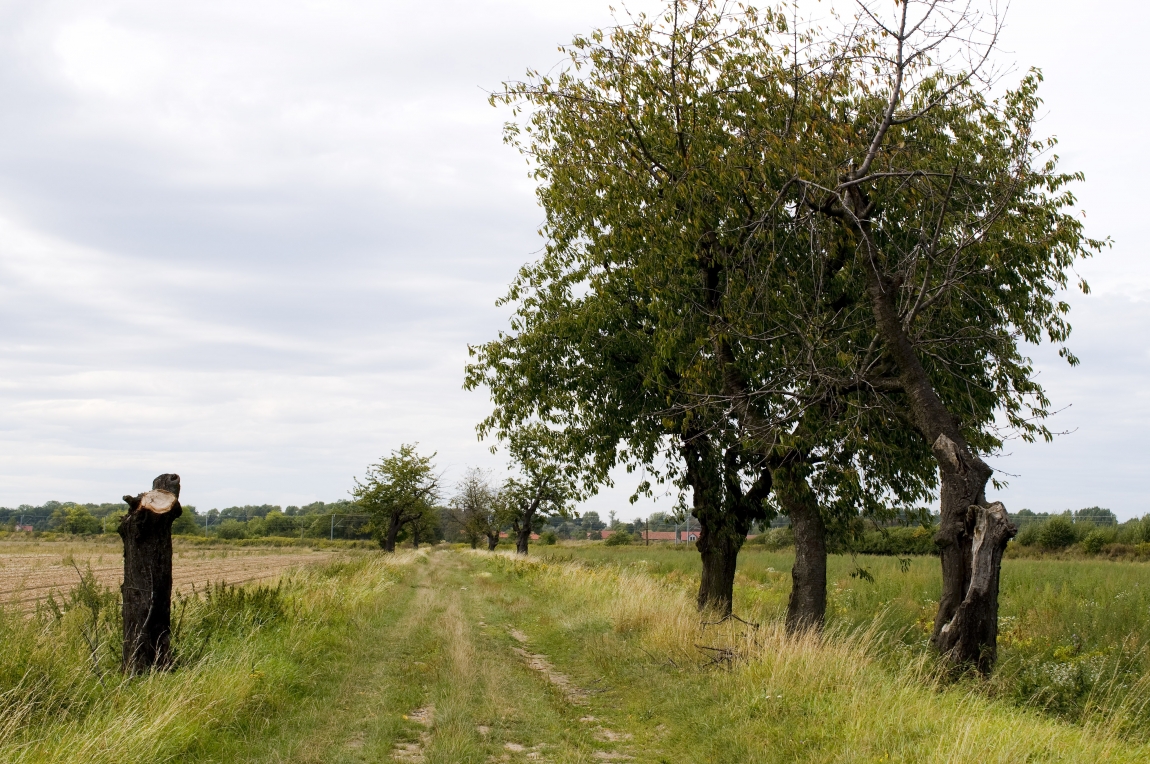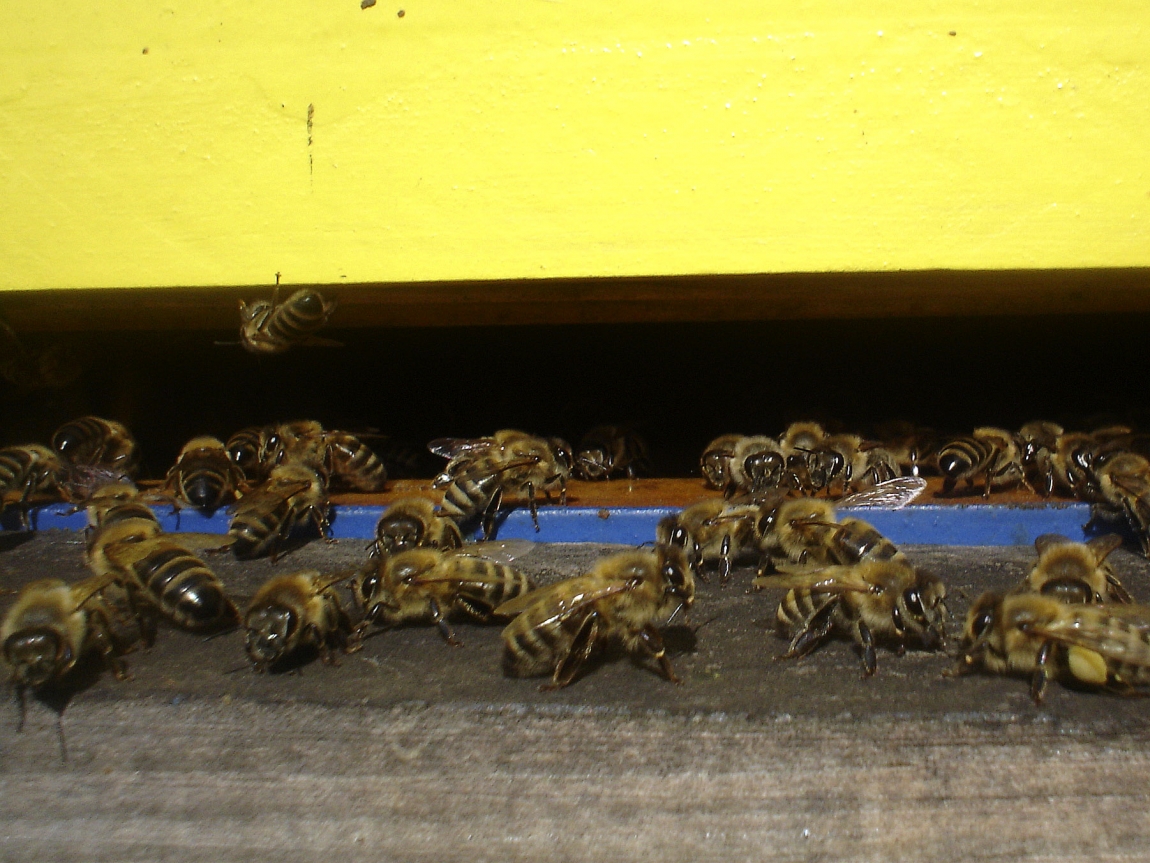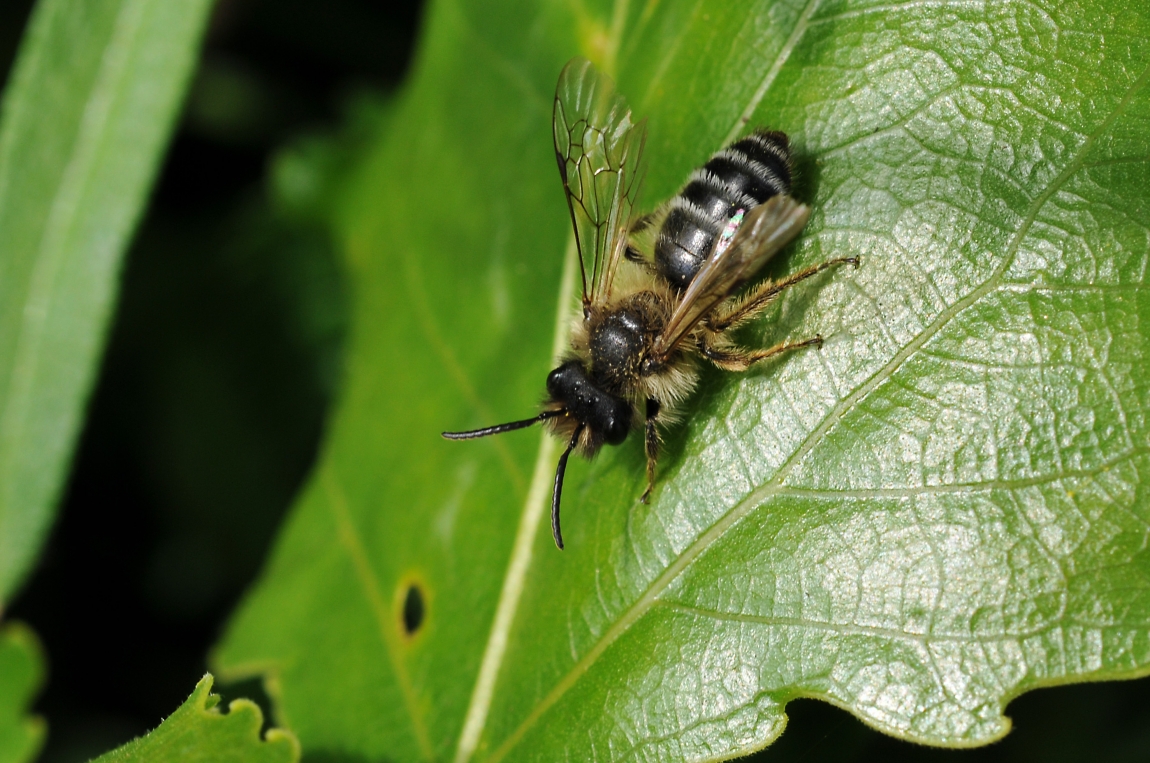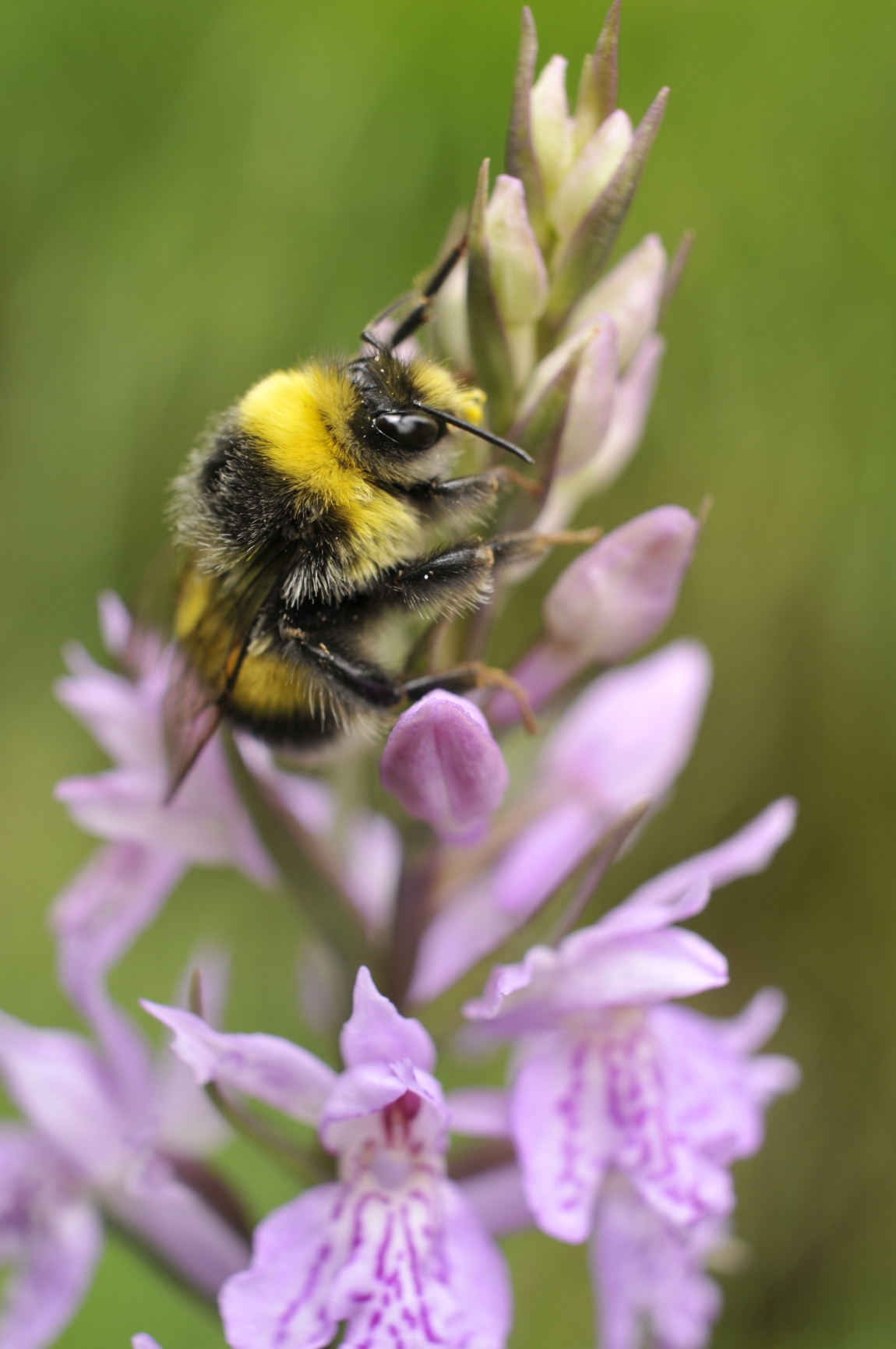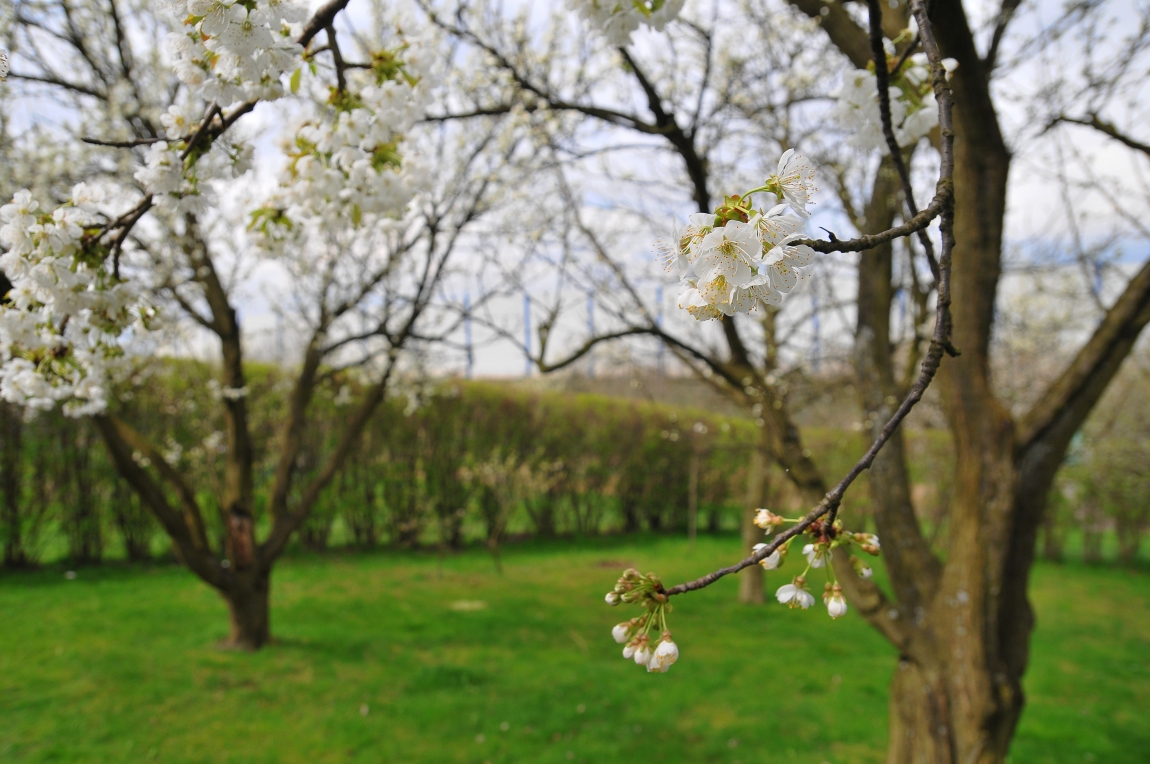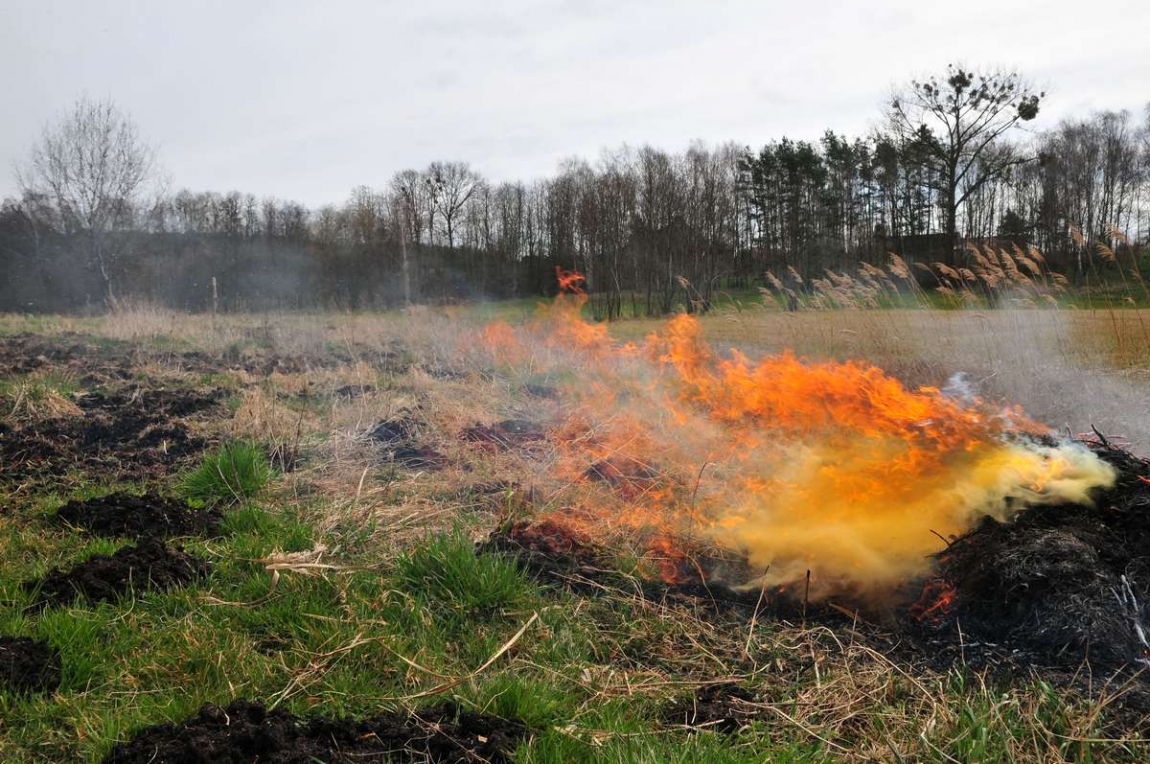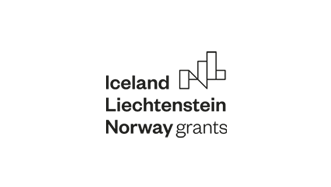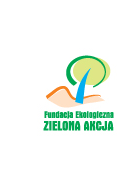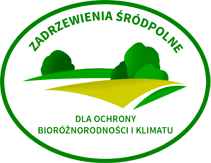The cause of this situation can be found in:
• intensive agriculture that uses increasing amounts of chemical pesticides,
• land consolidation (elimination of bounds and woodlots)
• elimination of wasteland,
• pollution and so on.
Despite considerable adaptability these insects without human assistance are not able to overcome many of today's threats. Therefore, all human activities aimed at protecting bees and their habitats are of great importance. A very good option is the introduction of sustainable agriculture that combines production goals with environmental requirements (i.e. Sustainable development) in terms of micro and macro, where the use of chemical plant protection products is kept to a minimum. However in this case it is necessary government’s help that will balance farmers lower yields (and incomes). A very simple way to provide places for nesting solitary bees is creating for them cottages (hotels). Depending on the requirements of the species of bees, they are made of different materials. It is simple with common reed blades cut 20 cm long into tube in such a manner that one side is closed and the other opened. From the plastic bottle you get a ring of a 20 cm width by cutting the bottom and the top. Then, the blades should be placed in the ring so as to be tightly crammed and won’t fall out. This built nest package should be placed in a quiet, sheltered from the wind and rain site (e.g. under the eaves of the roof of the gazebo) in early spring (late March). This allows you to observe how insects inhabit another blade and change it into nesting chamber. Another very simple way to provide places for nesting for these insects is drilling (drill with a diameter of 7-8 mm) holes in the wooden blocks. For other species of solitary bees nest sites can be created by capturing a block of clay (dimensions 50x50x10 cm) which after the clay dries are drilled carbide-tipped drill (diameter approx. 8 mm) holes with a depth of 2-3 cm. The prepared blocks set in the same area as previously mentioned packages. Pollinating insects inhabit all the nooks and crannies and a variety of blades of grass, thus leaving uncut scrub and wasteland, or covered with bounds also contributes to the expansion of the population of pollinators.
A very important role in the protection of pollinators plays a broadly defined education in schools, universities and agricultural advisory centers and the media. It is necessary to rise people's awareness of the importance of pollinators to the environment and human economy. It is very important to improve the health of the population of pollinators by a proper agricultural economy based on rational use of pesticides, or using them only when necessary and at appropriate times of the day, so after the flights of bees ended, when you no longer enjoy the benefits. It is also important to create a collaboration between growers, gardeners and farmers and beekeepers, because if planter plans to spray his crops he should inform 3 days in advance beekeeper of such intention. Accordingly, the beekeeper has time to protect bees against poisoning - nomadic apiary can be transported to another place, and stationary apiary grid can be secured by covering the exit holes of hives to prevent the bees from flying off. People applying pesticides must also strictly adhere to the description on the packaging, to choose correct dose to be used and the period of prevention for the bees.
An important element of human help to bees is also a concern for increasing food base for these insects, which significantly contribute to increasing their population. Easier access and larger amounts of food will boost the intensity of reproduction of bees and their expansion into new areas. Very often the plant food of these insects are decorative and can be planted or sown to attractive squares, parks or parcels, so this is for the benefit of both sides - men and bees.


